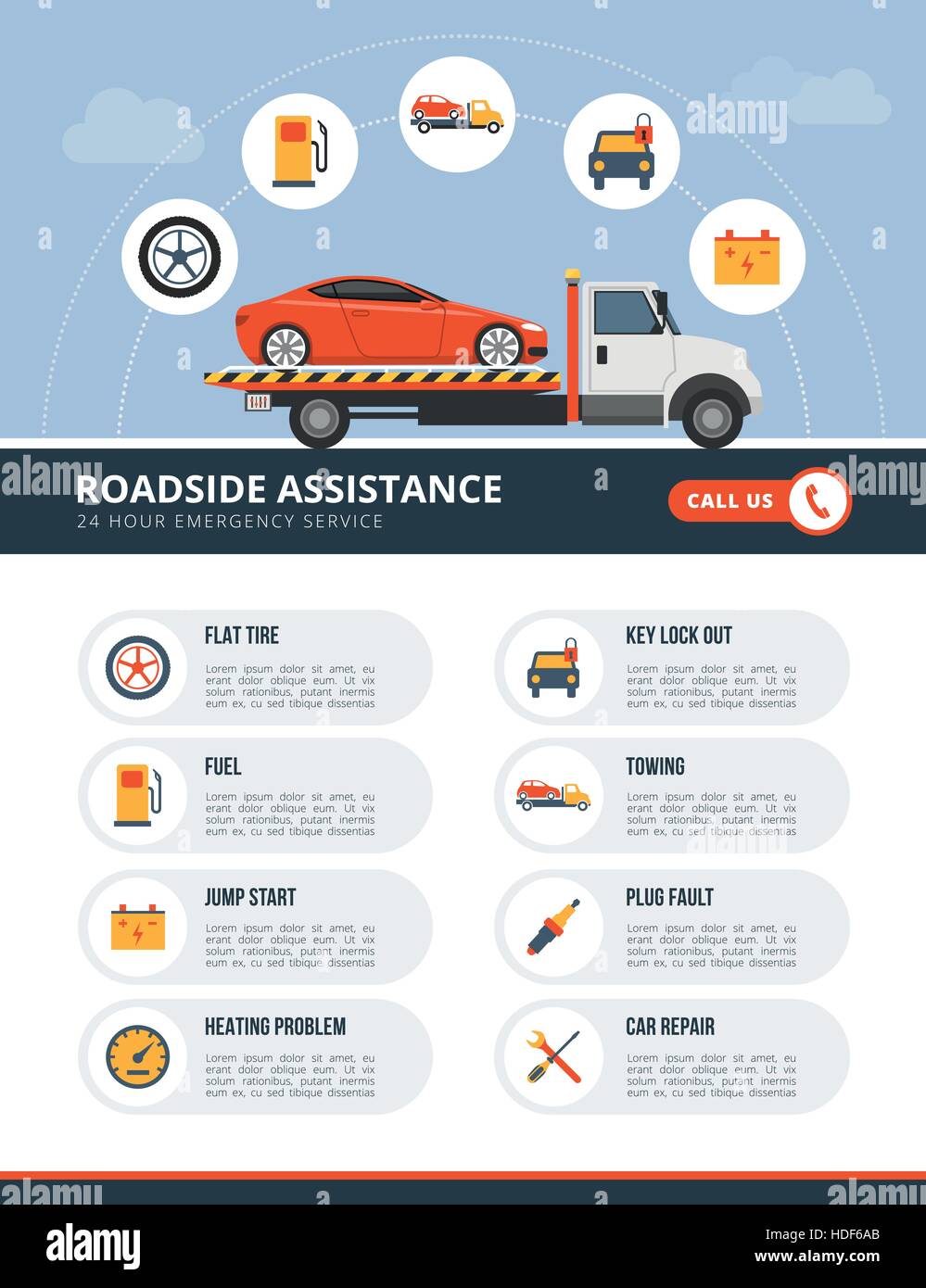Analyzing Your Auto'S Alert Lights: Their Real Effects
Analyzing Your Auto'S Alert Lights: Their Real Effects
Blog Article
Material Created By-Lim Forbes
When you lag the wheel, those radiant warning lights on your control panel can be a little bit puzzling. Do you know what they're attempting to tell you about your car's wellness? Comprehending the value of these lights is essential for your security and the long life of your vehicle. So, the next time among those lights pops up, would not you wish to decode its message precisely and take the required actions to resolve it?
Common Warning Lights and Interpretations
Recognize typical warning lights in your car and recognize their definitions to ensure safe driving.
The most typical caution lights include the check engine light, which signifies concerns with the engine or emissions system. If this light comes on, it's essential to have your automobile checked without delay.
The oil stress alerting light indicates low oil stress, requiring instant attention to prevent engine damage.
A flashing battery light could suggest a malfunctioning charging system, possibly leaving you stranded if not dealt with.
The tire pressure tracking system (TPMS) light informs you to low tire pressure, influencing vehicle stability and fuel performance. Ignoring this might bring about harmful driving conditions.
The abdominal light indicates a problem with the anti-lock braking system, jeopardizing your capability to stop quickly in emergencies.
Lastly, the coolant temperature alerting light warns of engine getting too hot, which can result in severe damages otherwise dealt with quickly.
Comprehending these common warning lights will certainly aid you attend to problems immediately and keep risk-free driving problems.
Importance of Prompt Attention
Understanding the typical caution lights in your cars and truck is just the primary step; the relevance of promptly addressing these warnings can not be highlighted sufficient to guarantee your safety when traveling.
When a caution light illuminates on your dashboard, it's your automobile's way of communicating a prospective problem that needs attention. Overlooking https://ecu-tune-cost84061.blogsmine.com/32610699/mobile-car-explaining-enhancing-your-lorry-s-appearance-on-the-go can result in more serious troubles down the road, endangering your security and possibly costing you much more in repairs.
Prompt interest to warning lights can prevent failures and crashes. For example, a blinking check engine light might show a misfire that, if left unattended, could cause damage to the catalytic converter. Resolving this without delay can conserve you from an expensive repair.
In a similar way, a brake system cautioning light might indicate reduced brake liquid or used brake pads, crucial parts for your security when driving.
DIY Troubleshooting Tips
If you observe a caution light on your control panel, there are a few do it yourself troubleshooting ideas you can attempt before seeking specialist aid.
https://brakepadsnearme38405.luwebs.com/32755923/exactly-how-can-mobile-automobile-describing-change-your-car-care-experience-while-ensuring-top-quality-discover-the-vital-elements-to-take-into-consideration-prior-to-choosing-a-detailer is to consult your car's manual to understand what the certain warning light indicates. In cut and polish car near me can be as easy as a loose gas cap setting off the check engine light. Tightening the gas cap may settle the problem.
An additional typical issue is a reduced battery, which can cause different advising lights. Checking the battery links for corrosion and ensuring they're safe and secure could deal with the problem.
If a caution light continues, you can try resetting it by disconnecting the vehicle's battery for a few mins and after that reconnecting it. Additionally, inspecting your automobile's fluid degrees, such as oil, coolant, and brake fluid, can assist repair warning lights related to these systems.
Conclusion
To conclude, recognizing your auto's caution lights is essential for keeping your car running efficiently and safely. By quickly attending to these signals and understanding what they mean, you can prevent pricey repairs and potential malfunctions.
Remember to consult your vehicle's manual for particular information on each alerting light and do something about it accordingly to make sure a trouble-free driving experience.
Keep educated, stay safe on the road!
